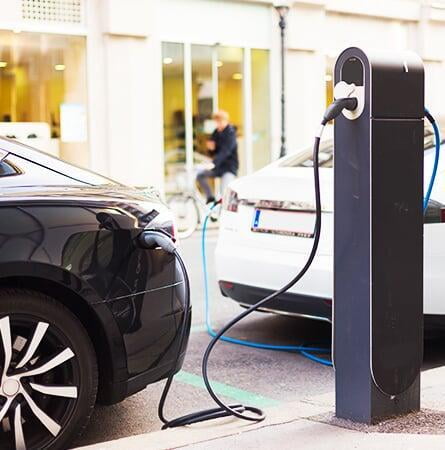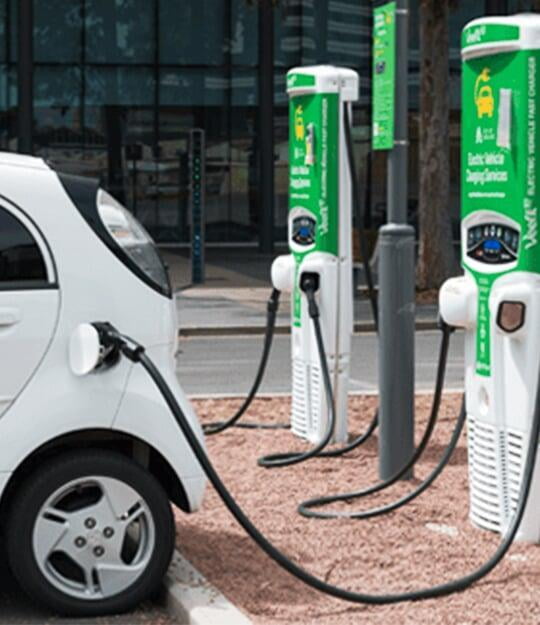Advancing next generation designs
The world is moving away from fossil fuel-powered vehicles to EVs, this EV revolution is much needed to end each nation’s contribution to climate change. This revolution has not picked up a pace, at least not as much as we are talking, but various studies say that it’s time and most of the fossil fuel vehicles will be replaced by EVs soon.

EV Solution
The Electric motor plays a very important role in designing EVs. Traction motors are used widely in EVs so that it can deliver torque to the wheels. Both AC & DC type motors can be used in EV applications. Mostly DC motors are preferred over AC motors because of their low cost and simple to set up features. In the case of AC motors, there are some advantages like high efficiency, less maintenance, high reliability, etc. Brushless and brushed are the two basic categories of a DC motor and brushless is used over brushed because of its various advantages, out of which few are, less maintenance and high reliability. We are here to meet all your demands in building/designing your electric motor.
Battery Management System (BMS)
You might have the best battery but how efficiently the EV will use that battery speaks volumes of a good battery management system. Designing a battery management system is not just challenging but also necessary so that battery can operate efficiently and safely. BMS is an embedded system designed to monitor the various parameters associated with the battery pack and individual cells. The collected data is gathered in the system and evaluated for the safety and performance optimisation of the battery. Some of the other features of BMS is sensing electrical isolation to avoid electric shock, overcharge and overheat protection.
Controllers
The Motor controller is designed and developed to work in line with the electric motor so that it can control the output current and adjust the speed of the motor accordingly. This controller also takes all the inputs from the users like acceleration amount, breaking, etc. and communicates it to the electric motor. Motor controllers can also help to convert the DC voltage from the rechargeable battery to a suitable level for the motor to run. Some of the recent motor controllers are also capable of converting a free movement of the motor when the vehicle climbs down a slope in charging the batteries. This process is called regenerative braking where kinetic energy is converted into electric energy and used to recharge batteries.
Charging stations
With EVs replacing internal combustion engine vehicles the necessity of having EV charging stations
Have become vital, In future, we need plenty of charging stations equally distributed in all the areas including the remote locations like the fuel stations we have now. We have come a long way with using different types of batteries and chargers in our EV designs. When it comes to charging you EV there are plenty of options unlike the fuel powered cars, EVs can be charged in a commercial charging station or using a personal home charger or in a fast-charging road-side station. However, there are different levels of chargers that ranges from slow to fast charging which is also based on the charger type and the vehicle type that is being charged.
Being a leading distributor of a wide range of electronic components, CCPL aims to be a very competitive EV solution provider. We understand the global EV market and our staff are current with the recent market trends and technologies, so let it be component requirements or designing a complete solution for your EV, we are happy to help you!

